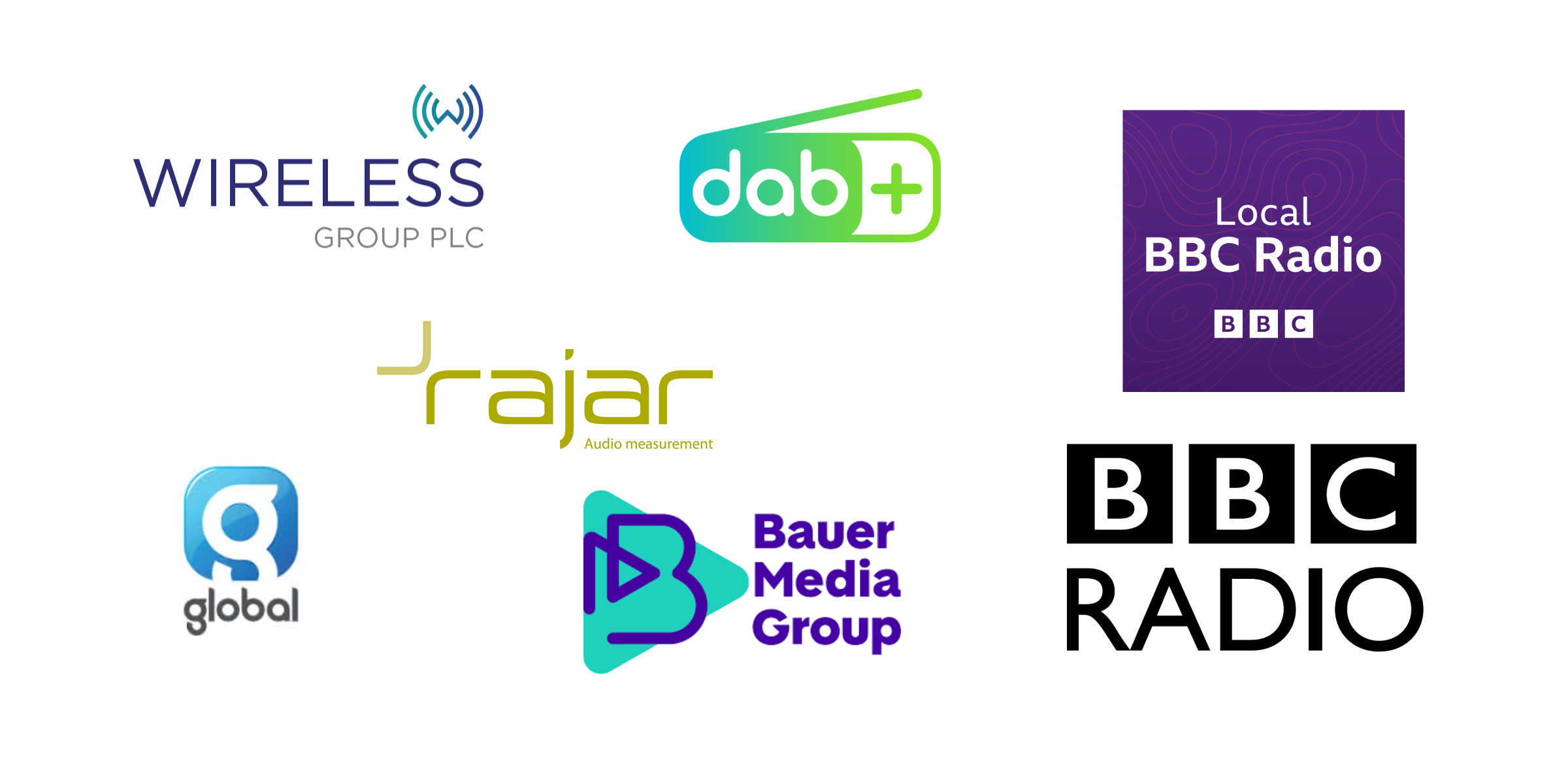For ITV News, it’s all about telling stories. That’s what Andrew Dagnell, Head of News Gathering at ITV News, explained when he spoke at our latest (virtual) Small Talk. Of course all broadcasters say that, but as an ex ITN journalist and regular viewer of the UK’s biggest commercial station myself, I agree, ITV News is excellent at finding the sweet spot that keeps its audience engaged.
At the heart of the news, the narrative
Whist of course ITV News competes with the BBC and other national broadcasters, it doesn’t necessarily want to replicate the corporation. It has the fraction of the resources for a start, but it’s also going for a slightly different audience. Unique and investigative journalism is one way of ticking this box; an on-going investigation into poor council housing for example, is a story they’re claiming as their own. Abuse in gymnastics was another.
Lunchtime News
As with all broadcasters it’s interesting to see how the news programmes evolve over the course of a day. The lunch time news, normally presented by Nina Hussain, is what Andrew calls, “the first stab of the day.” It features lots of live interviews, either on location or with ITV News’ reporters in the studio. It’s news but with a flavour of the daytime programming it follows – discursive is a word Andrew used several times, dynamic was another adjective.
Teatime News
The teatime news, however, is the most watched of the ITV News bulletins, with between 3 and 4 million viewers. As with other news outlets audiences soared at the beginning of the pandemic. This one, Andrew explained, is a programme of record, featuring the news of the day. Punchy, pithy with short packages although it’s still a comprehensive summing up of the day’s events. Breaking news, crime, human interest and the “and finally” punctuate the programme.
News At Ten
News At Ten is the flagship programme. It’s like the teatime news, but more in-depth. Analysis is at the heart of each story, an explanation of what’s happened behind the headlines. It has more international stories than the other bulletins and, within the constraint of the 8 or so stories that comprise the programme, is “a window on the world.”
ITV’s Digital Platform
Over the last decade or so all broadcasters have been given a run for their money by digital channels and this is a world that ITV News has fully embraced. It’s not a case of TV or digi, Andrew explained. The two are combined as one product and ITV journalists work across them both. Facebook and Twitter are particularly important and the channel is expanding into Instagram and TikTok too. There’s a new bespoke service too: “The Run Down” is aimed at young people.
The Covid Impact
ITV News may be a commercial organisation but Andrew says it sees itself as a public service broadcaster, put to the test, as with other broadcasters during the Covid pandemic. As the world tried to understand what was happening, ITV News slipped into a supporting role with reporting from its health, political and business editors. Ratings went through the roof. But the broadcaster didn’t forget its mission of putting people at the heart of the news. Those most disadvantaged by the virus were the focus, such as victims of domestic abuse. A team was specially put together to focus on these types of stories.
The emphasis is now moving to recovery and what does this look like in a post pandemic world. Young people have been pinpointed by many as having been hit hard by the pandemic. ITV News’ idea involves following twelve young people throughout 2021, dipping in and out of their lives to see how they’re coping as Covid restrictions lift.
So What About Broadcast PR?
Do not expect an advert, Andrew warns. Of course we know that, but tips about how to acceptably weave in the branding are always useful. Including research, which ITV News will always source, is one way. Keep your stories people-centric will make a campaign more appealing. And B-roll, if it’s produced in a news style, can often be well received.
For more about B-roll click here.
For more about how we work with radio and television broadcasters see What We Do. Click here.



